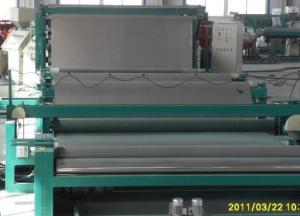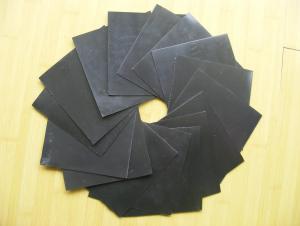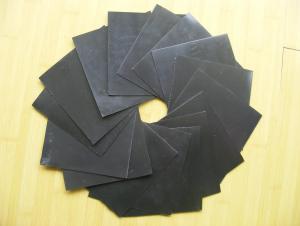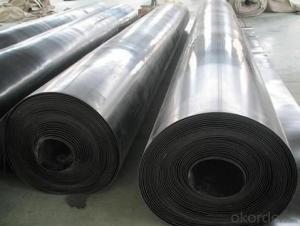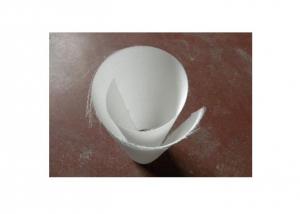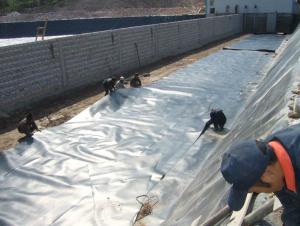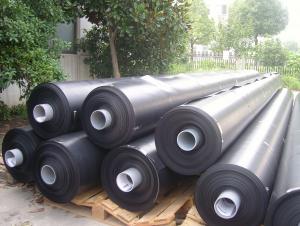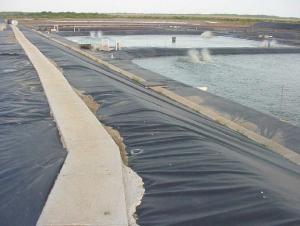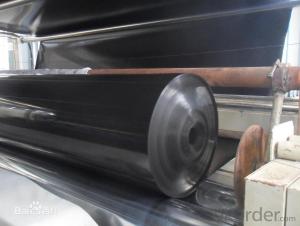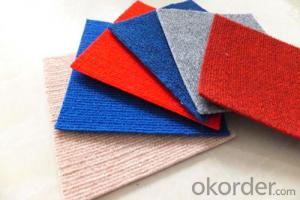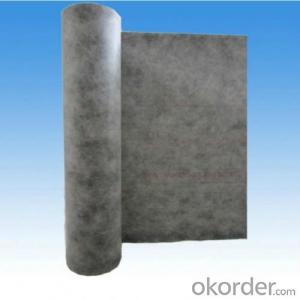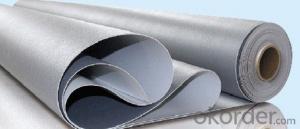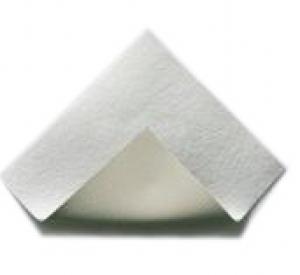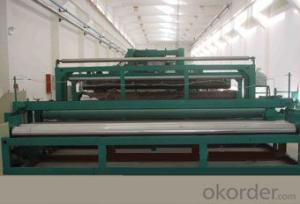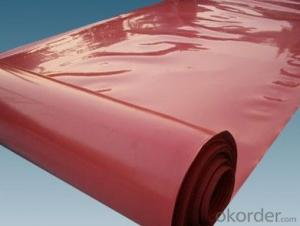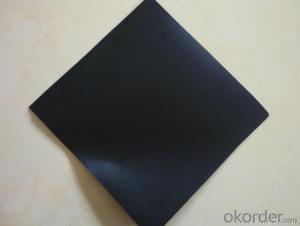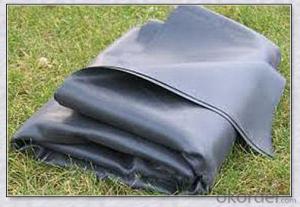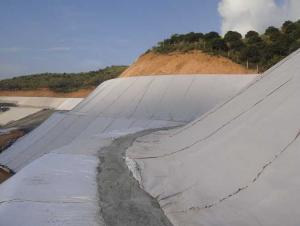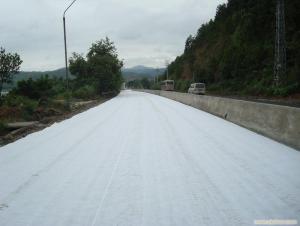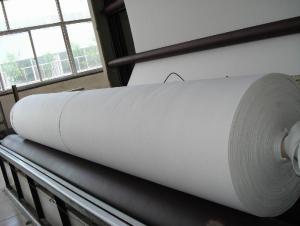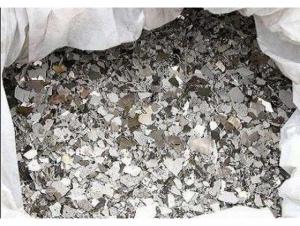Megaplast Geomembrane
Megaplast Geomembrane Related Searches
Plastic Geomembrane Geocomposite Membrane Geomembrane Machine Geogrid Membrane Waterproof Geomembrane Geomembranes Terpal Geomembrane Geomembrane Material Permeable Geomembrane Geomembrane Products Geomembrane Factory Reinforced Geomembrane Geomembrane Landfill Terram Geotextile Membrane Geomembrane Fabric Geomembrane Impermeable Geomembrane Film Composite Geomembrane Wholesale Geomembrane Geomembrane Systems Geomembrane Company Geomembrane Technologies Geomembrane Geotextile Landfill Geomembrane Geomembrane Thickness Firestone Geomembrane Pe Geomembrane Prefabricated Geomembrane Geomembrane Containment Teranap GeomembraneMegaplast Geomembrane Supplier & Manufacturer from China
Megaplast Geomembrane is a high-quality product that is widely recognized for its exceptional performance in various applications. It is specifically designed to provide an effective barrier against water, chemicals, and other contaminants, making it an ideal choice for a multitude of industries. The product's unique properties ensure that it can withstand harsh environmental conditions and maintain its integrity over an extended period.Megaplast Geomembrane is commonly used in applications such as landfill liners, wastewater treatment ponds, reservoirs, and canal linings. Its versatility allows it to be employed in both civil engineering and environmental protection projects, where its impermeable nature helps to prevent seepage and contamination. The product's durability and resistance to UV radiation, chemicals, and temperature fluctuations make it a popular choice for long-term projects that require a reliable barrier solution.
Okorder.com is a leading wholesale supplier of Megaplast Geomembrane, boasting a large inventory that caters to the needs of various industries. As a trusted provider, Okorder.com ensures that customers receive the highest quality products at competitive prices. Their extensive experience in the field allows them to offer expert advice and support, helping clients to select the most suitable geomembrane solution for their specific requirements. With a commitment to customer satisfaction, Okorder.com continues to be a top choice for those in search of reliable and high-performing Megaplast Geomembrane products.
Hot Products


